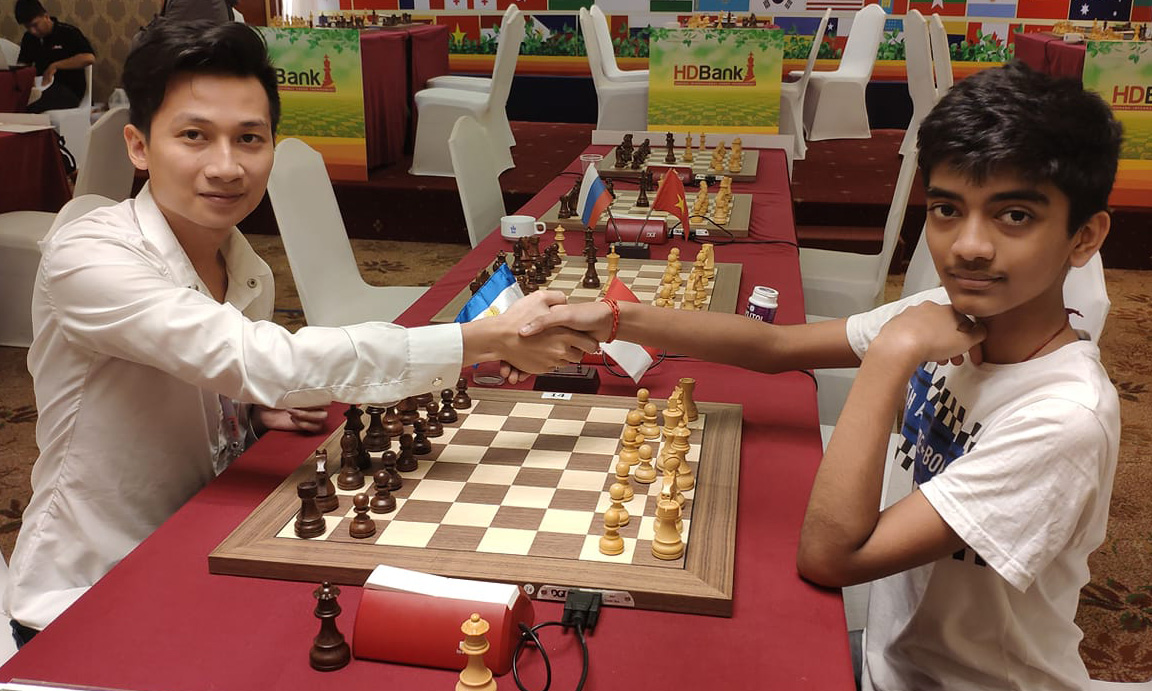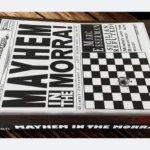The Deutz Gambit—pronounced “Doy-ts”—is one of the boldest and most forcing ideas White can play in the Italian Game, specifically the Giuoco Piano.
Although less famous than the Scotch Gambit or the Max Lange Attack, it aims for the same themes: rapid development, immediate pressure on f7, and a willingness to sacrifice material to open lines toward the black king. The gambit was pioneered by German masters Max Lange and George Koltanowski, and later analyzed in depth by modern authors who note its sharp, tactical nature.
The Deutz Gambit begins after the standard Italian moves:
- e4 e5
- Nf3 Nc6
- Bc4 Bc5
- O-O Nf6
- d4
With 5.d4, White strikes the center at once and offers a pawn sacrifice. At first glance, the move seems questionable: Black can capture the d4-pawn three different ways. But this is exactly why the gambit is so dangerous. Most players are not prepared for this sudden central explosion, and if Black chooses the wrong capture, White can seize a large initiative or even win material immediately.
White’s ideas are straightforward: castle early, attack the center, open the diagonal for the dark-squared bishop, and begin pressuring f7 before Black is fully developed. Because of this, the Deutz Gambit often leads to sharp, forcing lines resembling the Scotch Gambit and sometimes transposing directly into the well-known Max Lange Attack.
Below is a breakdown of the three main replies Black has after 5.d4.
1. 5…Nxd4? — The Losing Attempt
Capturing with the knight looks natural, but it is actually the worst of Black’s three options, because it walks into immediate tactics. White plays:
- Nxe5
This simple move highlights one of the central motifs in many Italian-Game gambits: pressure on the f7 square. With the knight and bishop both targeting f7, Black must respond precisely or lose material.
Black might try to play safely by castling kingside, but that fails:
6…O-O 7. Be3
The bishop on e3 and the queen on d1 both attack the knight on d4, and Black is unable to save the piece. White wins material with no compensation.
Another defensive try is:
6…Qe7
But White punishes this with:
- Bxf7+
The weakness of f7 is exposed again. After Bxf7+, Black is forced to move the king, breaking coordination and leaving the kingside shattered. White remains a pawn up with a strong attack.
Because of these problems, 5…Nxd4 is not considered playable. White obtains a winning initiative at almost no risk.
2. 5…Bxd4 — The Strongest Response for Black
Taking with the bishop is considered the best theoretical answer, though it is rarely seen outside players who know the theory. Black voluntarily gives up a strong developing bishop after:
- Nxd4 Nxd4
Now both sides have several options. Historically, two main plans for White exist: the Max Lange line with 7.Bg5, and the Johann Deutz line with 7.f4.
The 7.Bg5 line
After 7. Bg5, White pins the knight on f6 and prepares f4. This can lead to extremely tactical attacking positions. However, with accurate play, Black can steer the game into an equal endgame by forcing queens off the board. Because of this, many aggressive players prefer the alternative.
The 7.f4 line
The move 7.f4 is the signature Deutz Gambit continuation: direct, aggressive, and aimed at destabilizing the pawn that holds Black’s center together.
Black must be accurate and play:
7…d6
If Black tries any other move, they risk falling behind quickly. Even with best play, White maintains a dangerous initiative, and the position becomes sharp and double-edged. Many modern analysts, including Mihail Marin, have noted that 5…Bxd4 is risky, even though it is objectively strong.
Some lines arising here were studied by John Emms in Dangerous Weapons: 1.e4 e5, where he refers to 5…Bxd4 followed by f4 as the Max Lange Gambit, since Max Lange himself employed these positions.
3. 5…exd4 — Transposing into the Max Lange Attack
The third capture, 5…exd4, directly enters one of the most famously complicated attacking systems in the Italian: the Max Lange Attack.
After 5…exd4, White follows with:
- e5
This is the classic pawn thrust seen in many Scotch Gambit structures. It immediately attacks the knight on f6 and opens lines.
Black has a few choices, but all of them lead to enormous complications:
A. Retreating the knight to g8
This loses too many tempi; Black simply falls behind in development.
B. Playing 6…Ng4
This also fails. White responds:
- Bxf7+
Kxf7 - Ng5+
Kg8 - Qxg4
Black’s position collapses under the combined pressure on the kingside.
C. Blocking the center with 6…d5
This is one of the most respected replies, but even here White is better after:
- exf6 dxc4
- fxg7
The resulting positions are chaotic, sharp, and extremely difficult for Black to handle without deep preparation.
Because of these challenges and the complexity of defending the Max Lange Attack, many players prefer to avoid the Deutz Gambit altogether.
An Ideal Tactical Line for White
One model variation shows just how strong White’s initiative can be when Black chooses 5…Nxd4:
White emerges up significant material and the attack is over; the endgame is winning.
Relationship to the Max Lange Attack
Many players choose the Deutz Gambit because it often transposes into the Max Lange Attack, a system with long-established theory and deeply analyzed attacking lines. The positions after:
- e4 e5
- Nf3 Nc6
- Bc4 Bc5
- O-O Nf6
- d4 exd4
- e5 d5
- exf6 dxc4
are extremely sharp and considered difficult for Black to refute. As Marin and others note, there is no simple refutation for Black. If Black wants to avoid these transpositions, the best practical try is 5…Bxd4.

I’m Xuan Binh, the founder of Attacking Chess, and the Deputy Head of Communications at the Vietnam Chess Federation (VCF). My chess.com and lichess rating is above 2300. Send me a challenge or message via Lichess. Follow me on Twitter (X) or Facebook.






